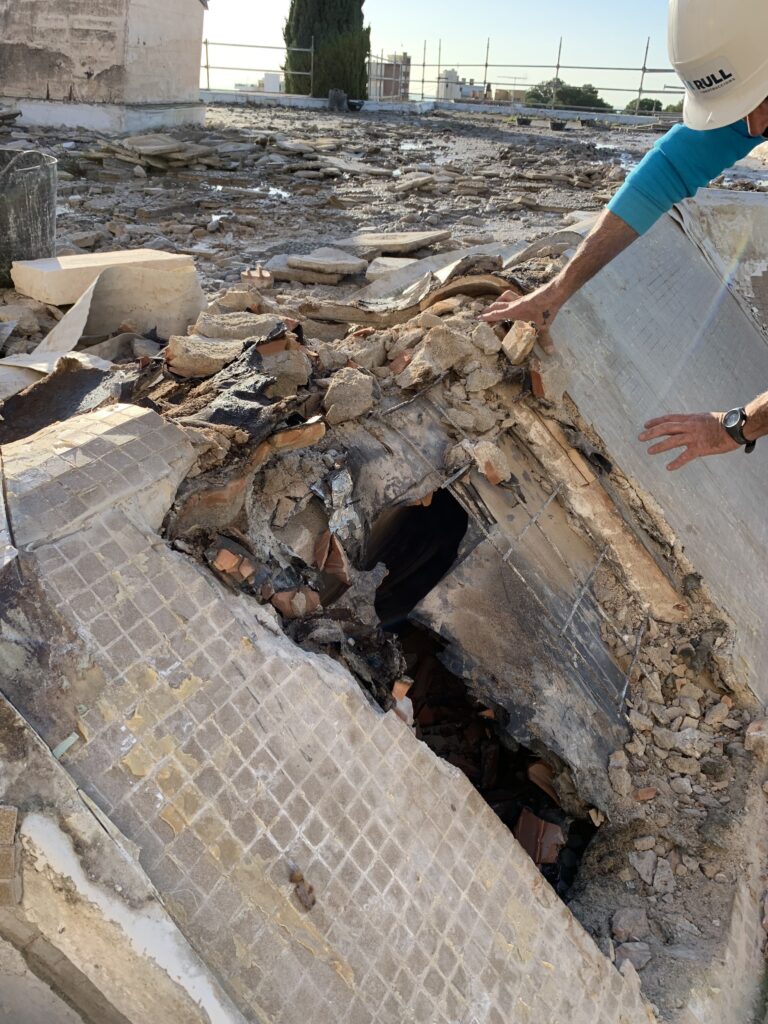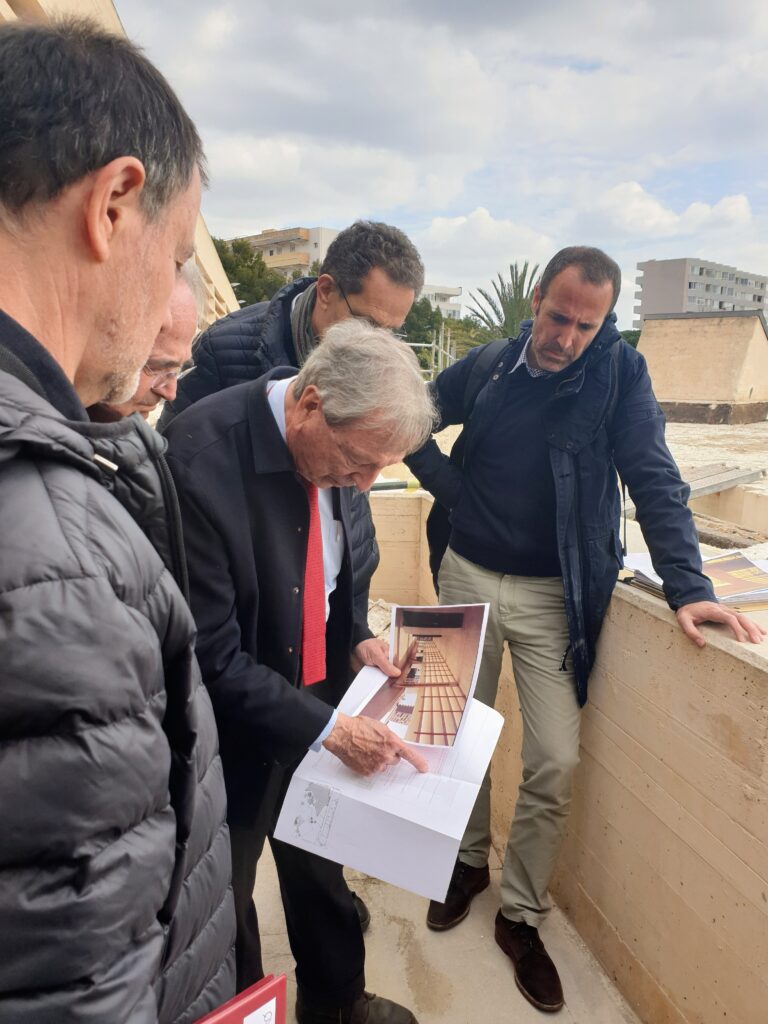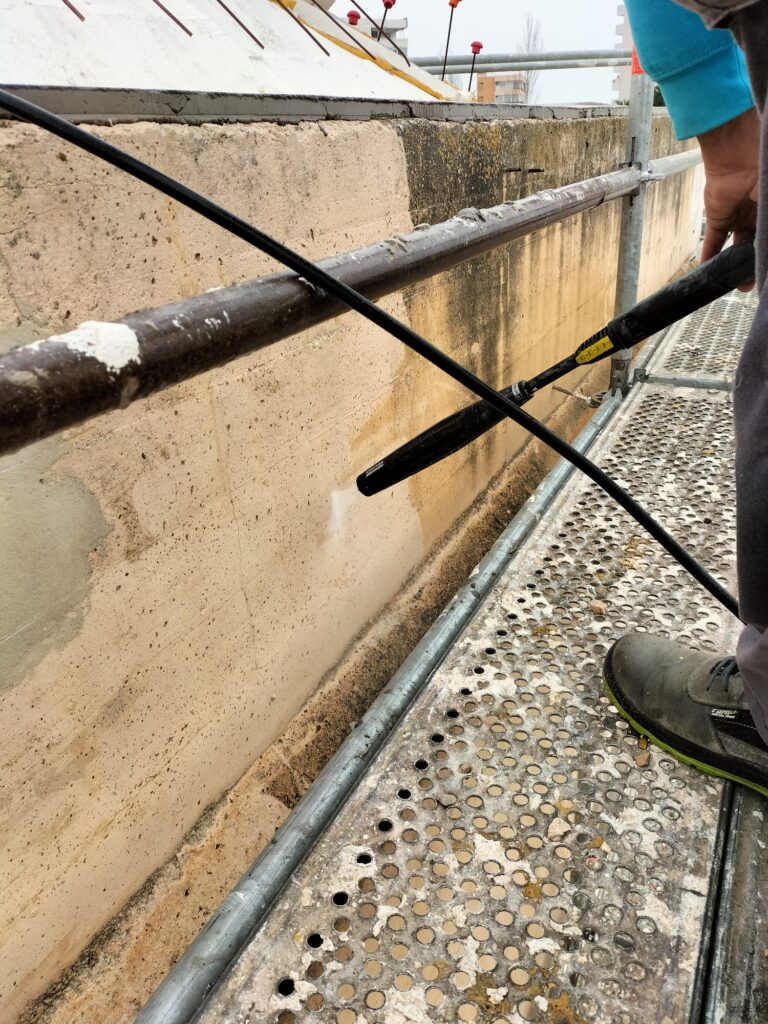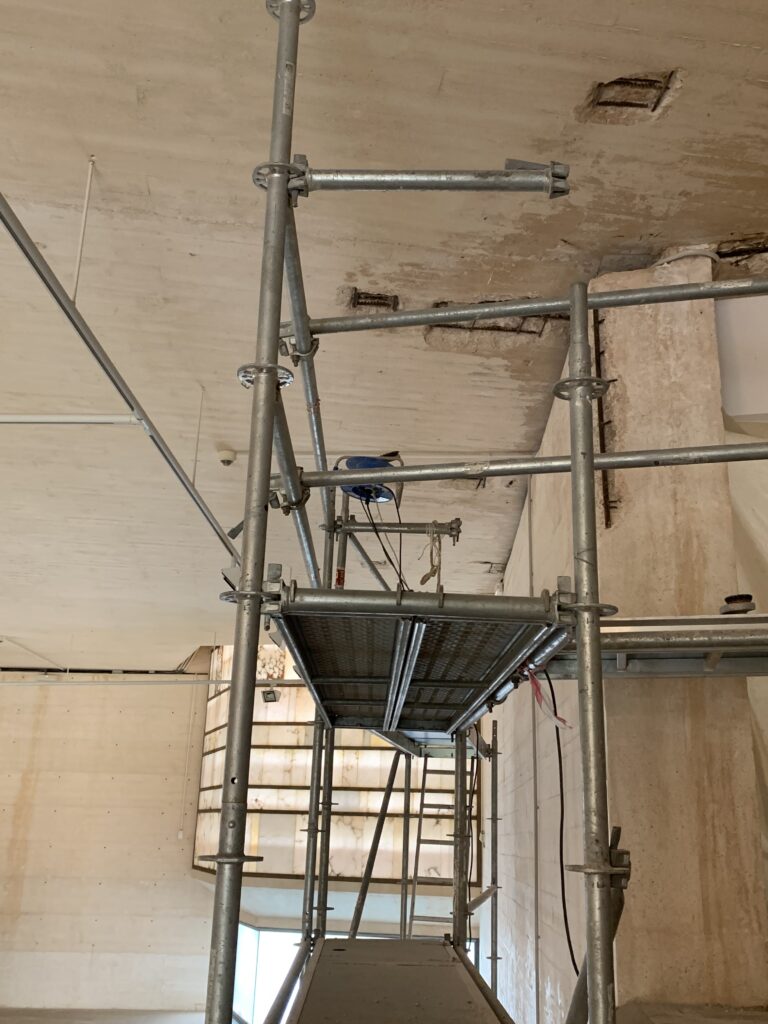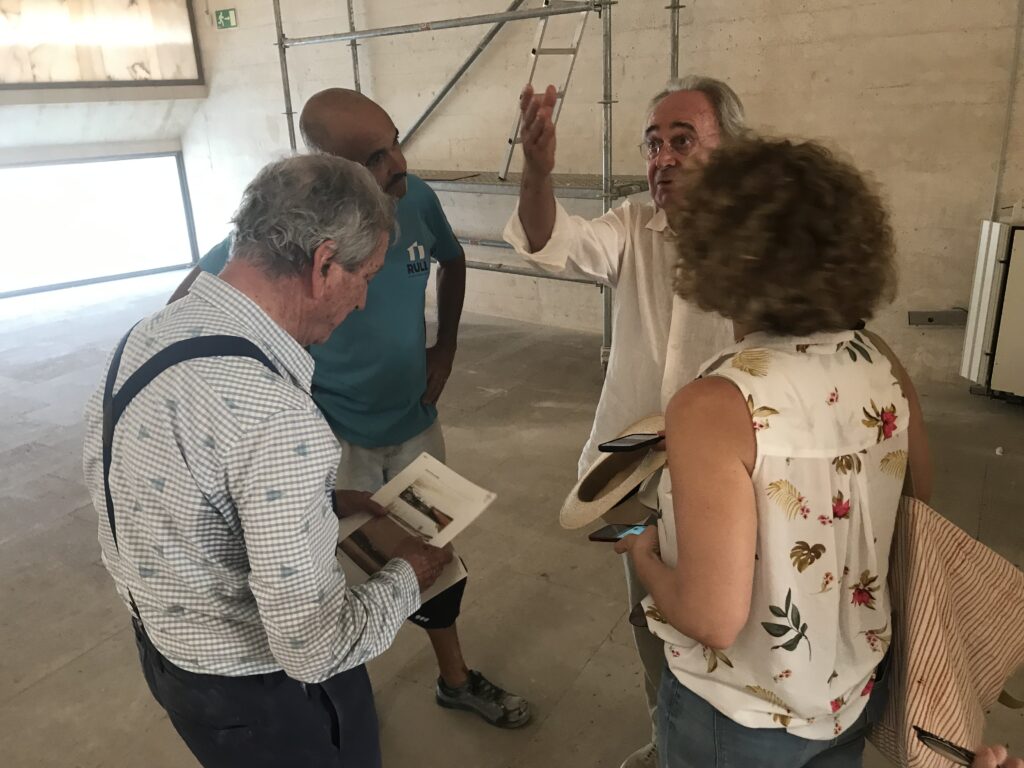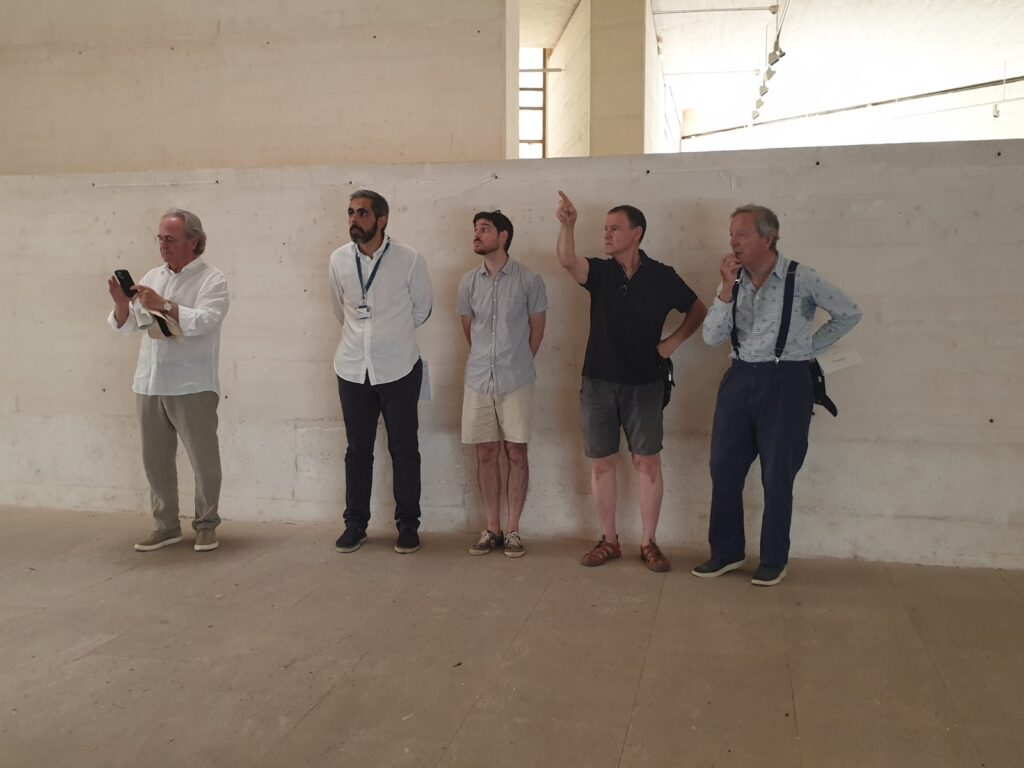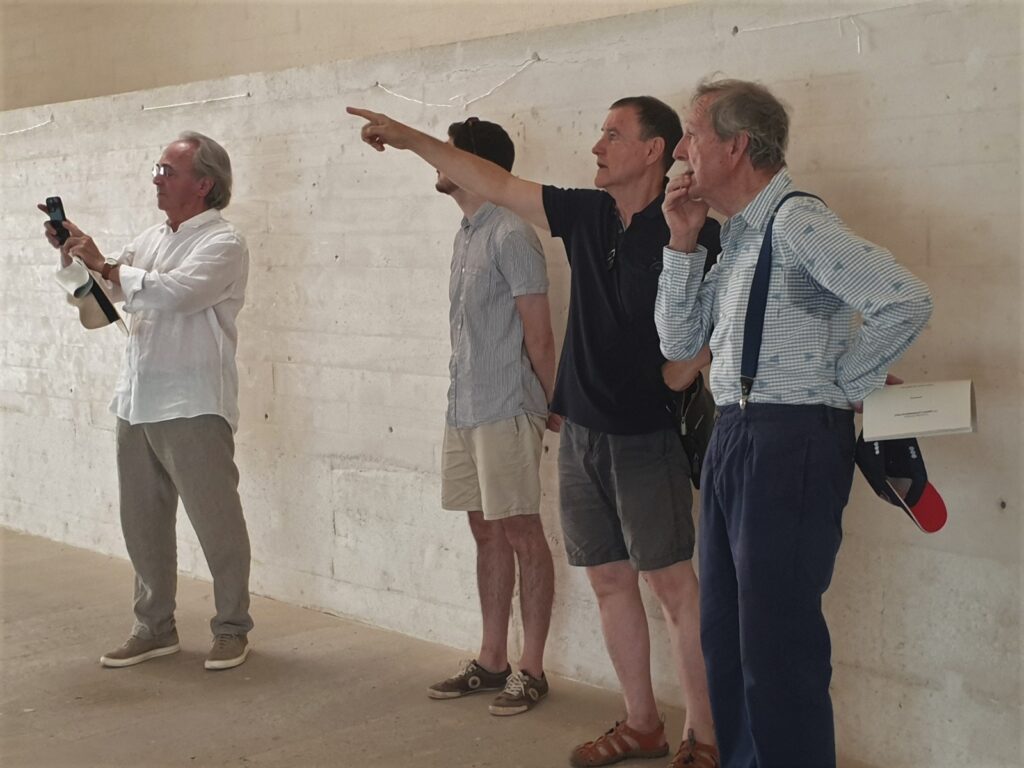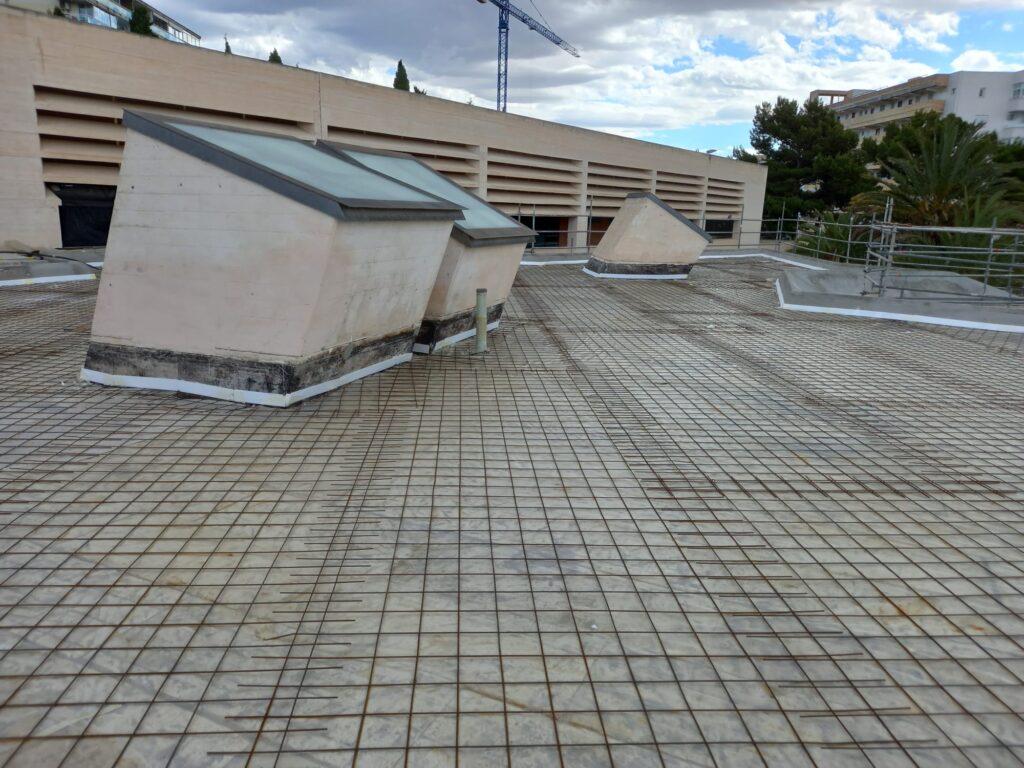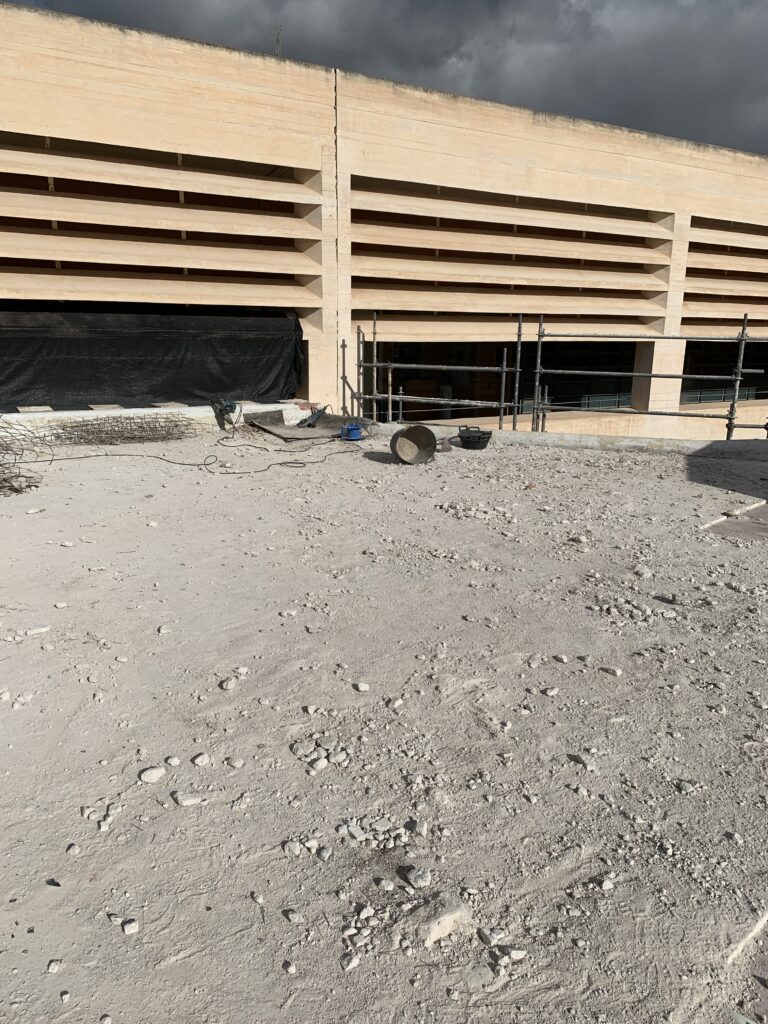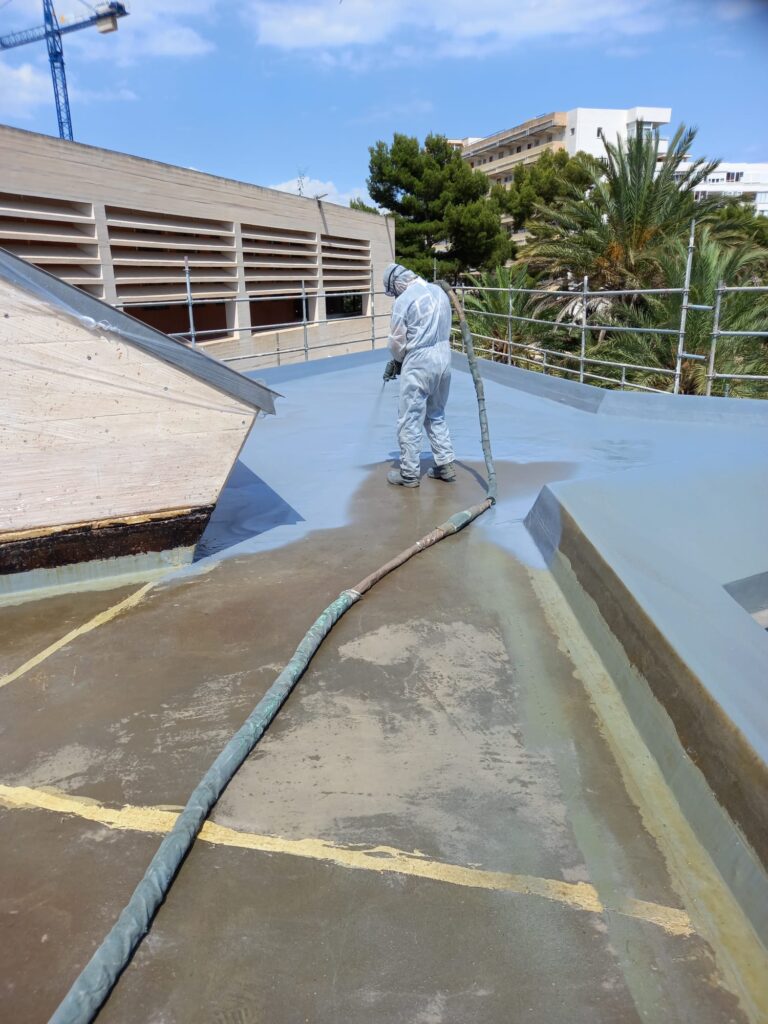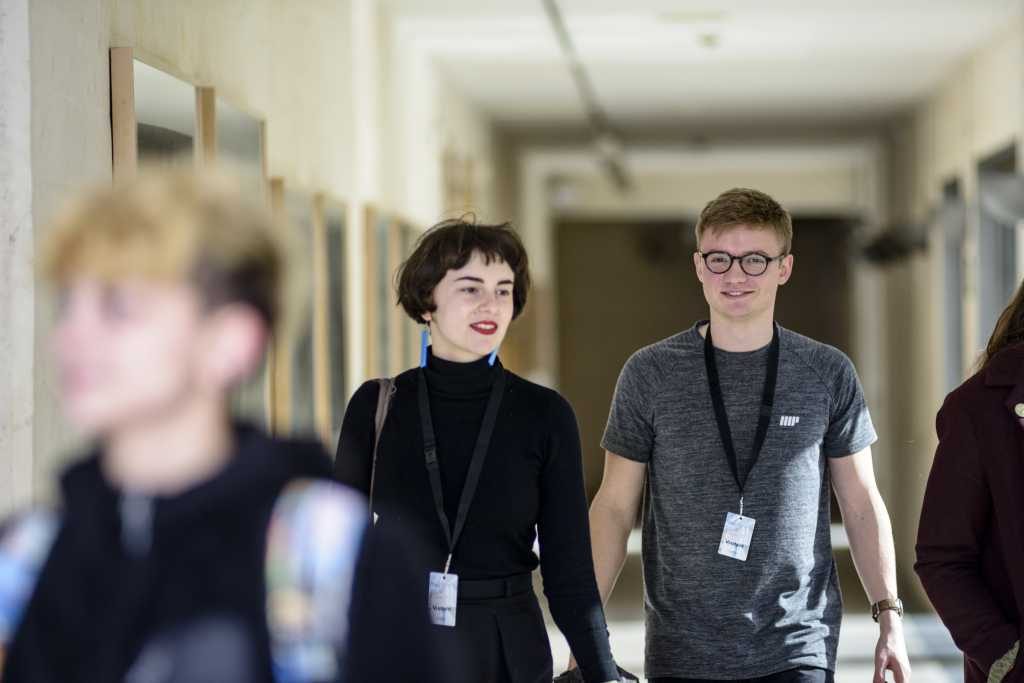Reopening of the Moneo’s building and opening of the exhibitions “El Miró de Son Boter” and “Rif Spahni. Instant and memory”. 14.10 __ 7p.m.
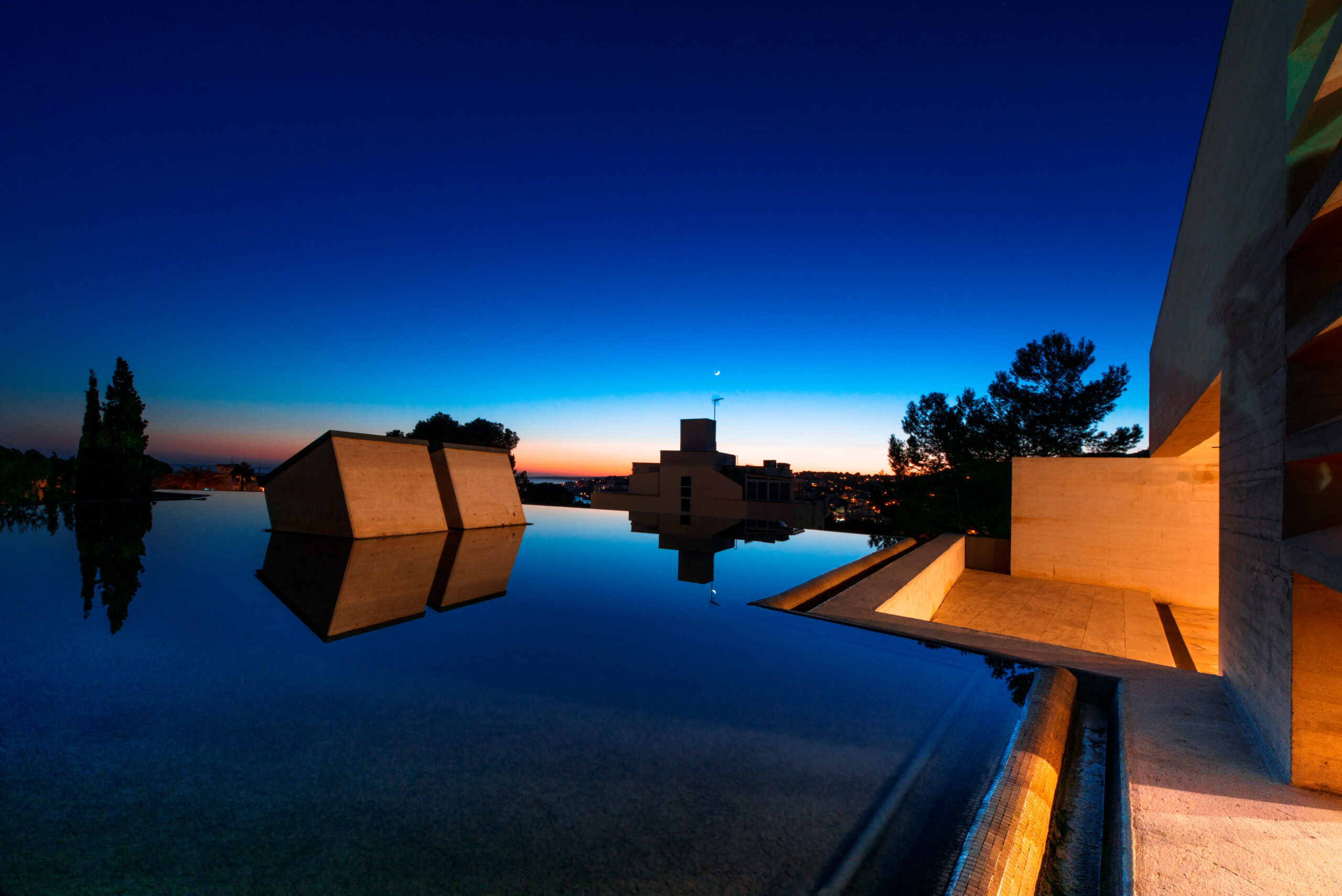
“ La estrella y el azul del mar, vuelven a Miró” _Rafael Moneo
Contact
Communication and Marketing
Fundació Miró Mallorca
Carrer de Saridakis, 29
07015 Palma
Tel. +34 971 70 14 20
comunicacio@miromallorca.com
The Moneo Building, headquarters of the Pilar and Joan Miró Foundation, celebrates its 30th anniversary with the reopening of the Espai Estrella and the exhibitions “El Miró de Son Boter” and “Rif Spahni . Instant and memory”.
Opening ceremony; Friday October 14.10 at 7 p.m.
• 7 p.m. welcome speeches.
• 7.30 p.m. “Dancing with the stars“. Dancing performance, on the roof of the Moneo Building, by dancer and choreographer Hugo Fanari.
• 7.45 p.m., guided tour to “El Miró de Son Boter” and “Rif Spahni. Instant and memory”.
• 8:30 p.m., cocktail and opening party in the Foundation’s gardens.
• 10 p.m., closing of the event.

Miró Mallorca Foundation is made up of three remarkable buildings that form one of Mallorca’s most important architectural ensembles: the Sert Studio where Miró started working in 1956, designed by Miró’s friend, the architect Josep Lluís Sert; Son Boter, a late 18th century Mallorcan house which the artist used as a second painting and sculpture studio; and the Moneo Building, the Fundació’s headquarters, designed by Rafael Moneo and opened in 1992. The first two buildings have been declared Items of Cultural Heritage (BIC according to the Spanish acronym).
The Moneo Building was designed by well-known architect Rafael Moneo, winner of the 1996 Pritzker Arquitecture Prize. It was built following the donation of land by Pilar Juncosa, Miró’s widow, together with 42 works of art that were then auctioned by Sotheby’s to raise money for the centre.

Most of our exhibition halls had to be closed to the public to do rehabilitation, maintenance and security works.
The area where the rehabilitation work has been focused has mainly been the water cover that welcomes the visitor. A kind of trompe-l’oeil that simulates bringing the sea and the horizon closer to the observer, a way of emulating the vision that Miró enjoyed.
After multiple procedures and preliminary technical studies, the deficiencies in the building have finally been repaired. Now this important heritage is once again available to everyone.
"El Miró de Son Boter"

When, at the age of 66, Miró was finally able to start work in the new studio that Sert had designed for him, he had still not put an end to his search for a definitive creative workspace. Joan Miró’s studios in Mallorca were extended in 1959 with the purchase of Son Boter, an 18th century rural house next to Son Abrines that today forms part of the Fundació Pilar i Joan Miró a Mallorca, together with the Sert Studio (1956) and the Moneo Building (1992).
Miró at Son Boter is very different from Miró at the Sert Studio. His work methods at Son Boter and the format of the work he produced were very different, as were his relations with the architecture. In Son Boter, Miró was steeped in history in rooms that still echoed with ghosts from the past. Son Boter was a cave, a return to the maternal womb, where Miró felt at ease right from the outset. The Sert Studio’s impact on the artist is well known, as is the need he felt to put his own personal hallmark on it before starting to work there by creating an overlapping second skin on top of the architecture, without this affecting the independence of the latter. At Son Boter, on the other hand, the artist and his work became one with the building: his traced sketches came to form part of the walls, splashes from his triptychs spattered the floor, and his found objects and sculptures colonized and transformed the space. The whole building became a huge “notebook” where the artist’s creative process can be “read” and interpreted through the traces he left behind him.
Son Boter was used to create his large-format works, sculptures and public art projects, and it also housed his printmaking studios, hence avoiding visits to Barcelona. It was here that Miró made the leap, once and for all, to the third dimension, going beyond the surface of the canvas and reaching out to that anonymous crowd that he had always aspired to forge links with, whether it was through the immersive experience of his triptychs, his large-format paintings, his sculptures for public spaces or the printed editions that were accessible to a wider public.
This temporary exhibition ofers an insight into our collection from the perspective of his Son Boter studio. It is organized into groups, made up of selections of works associated with a particular project, accompanied in all cases by the visual reference that signals the artist’s presence in the space with which they are all indivisibly united.
The exhibition rooms, like Son Boter itself, are thus a direct record of Miró’s creative process, from the initial grafiti or drawing through to his objects, sketches and maquettes to the finished work. The artist revealed his true immensity at Son Boter, taking command of the building. In the Sert Studio, his approach was more surgical: the work of the artist and the architect coexisted with one another. At Son Boter, they become one and the same. When you enter Son Boter, it is Miró alone who surrounds you.
“Rif Spahni. Instant and memory”
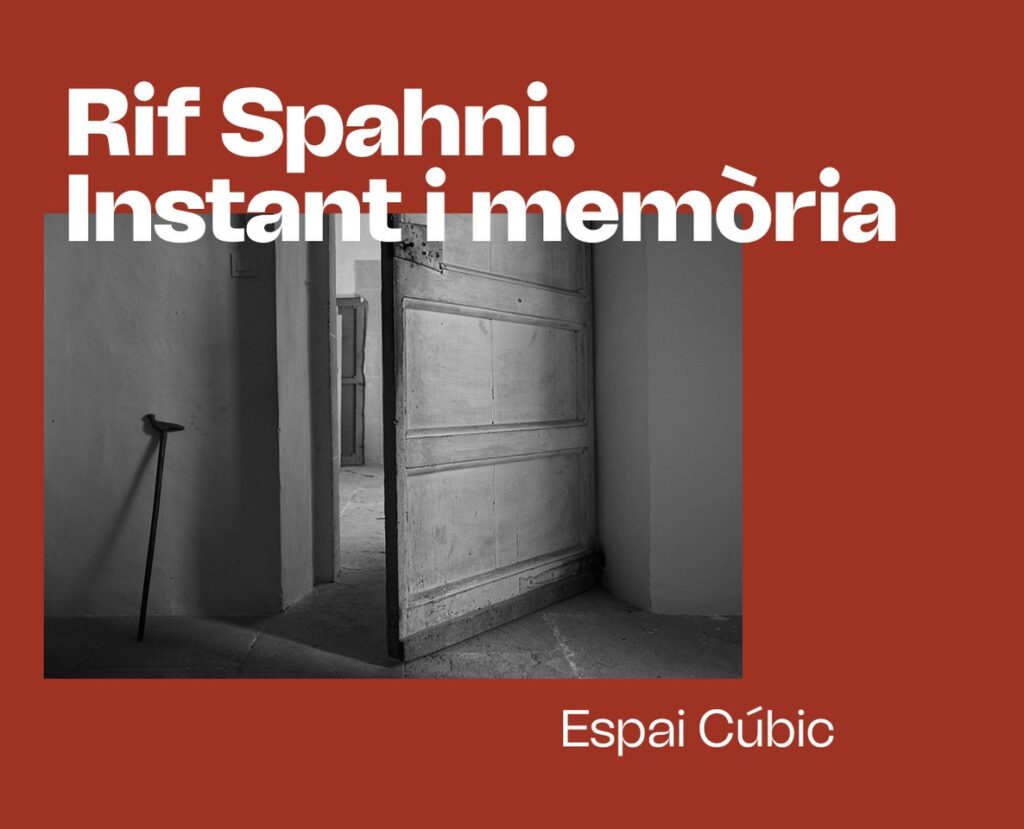
“Instant and memory” is an invitation to embark on a photographic and documentary adventure and a journey of the imagination. Photographer Rif Spahni immerses himself in the world of Joan Miró at the artist’s Son Boter studio, revealing a place filled with magic where Miró’s energy and creative wizardry still persist.
In his enthralment with the atmosphere inside the studio, Spahni rescues these sensations from oblivion, exploring this enigmatical space with singular creative talent. As he explains: “I let myself be guided by what I see and feel and what the place asks of me.”
Spahni roams Son Boter as if he were an invisible being, as if he were yet another part of it, letting the place continue with its life. It is in that moment of stillness and silence that the magic begins, in that split second when everything seems to come to life and the walls and floor speak through the graffiti, the splotches and the materials deposited on them. The process he follows and, by extension, his highly characteristic photographic work move within the realms of figuration, abstraction and suggestion.
Monitoring the rehabilitation works
